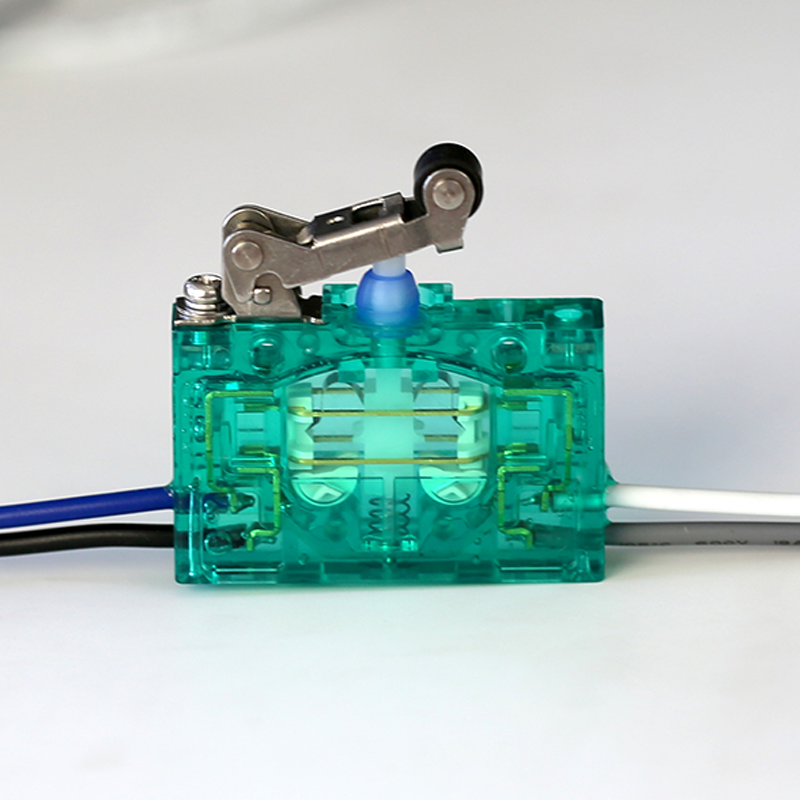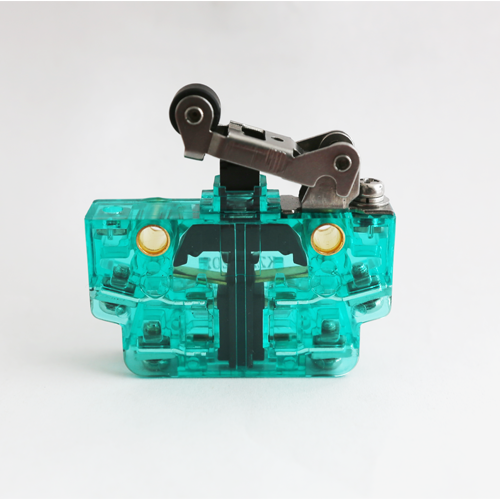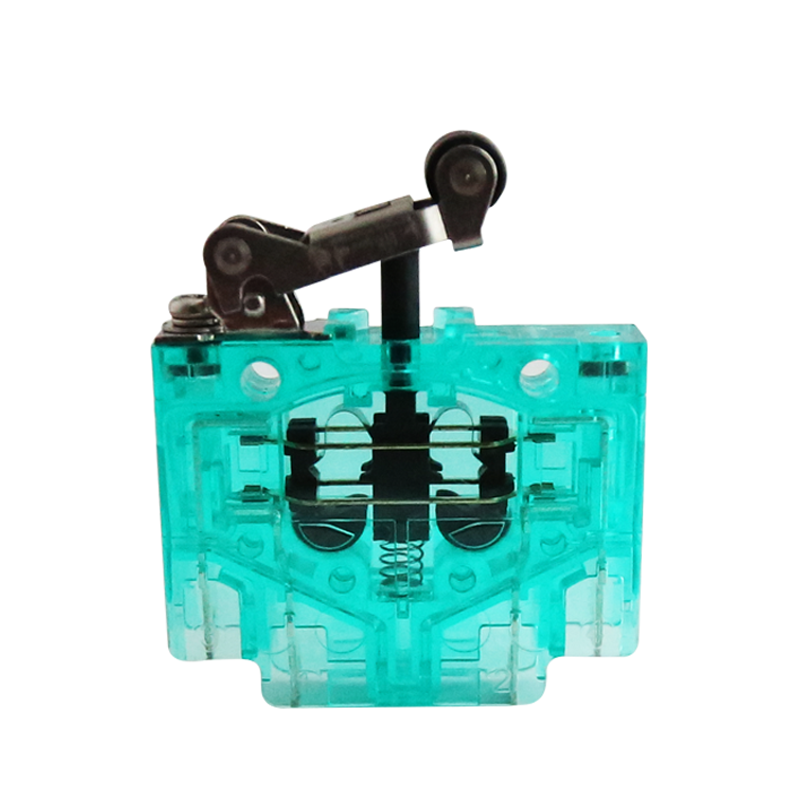

How to choose the right microswitch model for rail transit use?
Release time:2024-06-26
In the huge system of rail transportation, every detail carries the double mission of safety and efficiency. As one of the key components, the selection of microswitches is not only related to the precise response of the train control system, but also the guardian of passenger safety. Facing a wide range of microswitch models, how to make the most suitable choice for rail transportation? This article will guide you through the fog of specialization and give you an insight into the selection process.
The first consideration is "reliability". Rail transportation requires a high degree of stability of the equipment, and any small errors may cause immeasurable consequences. Therefore, when selecting microswitches, their durability, anti-interference ability and failure rate must be strictly screened. This needs to be supported by detailed test reports and long-term operation data provided by the manufacturer.

Next, we need to consider the "environmental adaptability". The environment of rail transportation is complex and changeable, from the humidity underground to the wind and sand on the ground, to the ultraviolet sunshine on the viaduct, the microswitch must be able to adapt to a variety of harsh conditions. Waterproof, dustproof, and temperature-resistant characteristics are the basic thresholds, while high standards of protection (e.g., IP67 or above) are the preferred conditions.
"Response speed" is also one of the criteria. The dynamic nature of rail transportation requires switches that can process signals quickly and accurately to ensure the immediate delivery of control commands. High-speed action of the microswitch can better meet the train start, braking and other instantaneous signal capture needs.

In addition, the convenience of "size and installation" is equally important. The compact space design of rail vehicles requires microswitches that are small enough to be easily integrated and replaced. At the same time, easy installation reduces maintenance costs and increases service efficiency.
Last but not least, "economy". The cost-benefit ratio is a key factor in the decision-making process, provided that all technical specifications are met. The concept of Total Cost of Ownership (TCO) should be introduced to guide us to find the most cost-effective microswitch with a comprehensive evaluation including purchase cost, operation cost and maintenance cost.

In summary, selecting the right microswitch model for rail transportation is a comprehensive consideration of reliability, environmental suitability, response time, size and mounting, and economics. Only a microswitch that meets these requirements in all aspects can ensure the efficient operation of the rail transit system and guard the safe journey of thousands of passengers. When we stand on the threshold of this professional field, clear judgment criteria and a rigorous selection process are our most powerful guiding beacon.
The first consideration is "reliability". Rail transportation requires a high degree of stability of the equipment, and any small errors may cause immeasurable consequences. Therefore, when selecting microswitches, their durability, anti-interference ability and failure rate must be strictly screened. This needs to be supported by detailed test reports and long-term operation data provided by the manufacturer.

Next, we need to consider the "environmental adaptability". The environment of rail transportation is complex and changeable, from the humidity underground to the wind and sand on the ground, to the ultraviolet sunshine on the viaduct, the microswitch must be able to adapt to a variety of harsh conditions. Waterproof, dustproof, and temperature-resistant characteristics are the basic thresholds, while high standards of protection (e.g., IP67 or above) are the preferred conditions.
"Response speed" is also one of the criteria. The dynamic nature of rail transportation requires switches that can process signals quickly and accurately to ensure the immediate delivery of control commands. High-speed action of the microswitch can better meet the train start, braking and other instantaneous signal capture needs.

In addition, the convenience of "size and installation" is equally important. The compact space design of rail vehicles requires microswitches that are small enough to be easily integrated and replaced. At the same time, easy installation reduces maintenance costs and increases service efficiency.
Last but not least, "economy". The cost-benefit ratio is a key factor in the decision-making process, provided that all technical specifications are met. The concept of Total Cost of Ownership (TCO) should be introduced to guide us to find the most cost-effective microswitch with a comprehensive evaluation including purchase cost, operation cost and maintenance cost.

In summary, selecting the right microswitch model for rail transportation is a comprehensive consideration of reliability, environmental suitability, response time, size and mounting, and economics. Only a microswitch that meets these requirements in all aspects can ensure the efficient operation of the rail transit system and guard the safe journey of thousands of passengers. When we stand on the threshold of this professional field, clear judgment criteria and a rigorous selection process are our most powerful guiding beacon.
